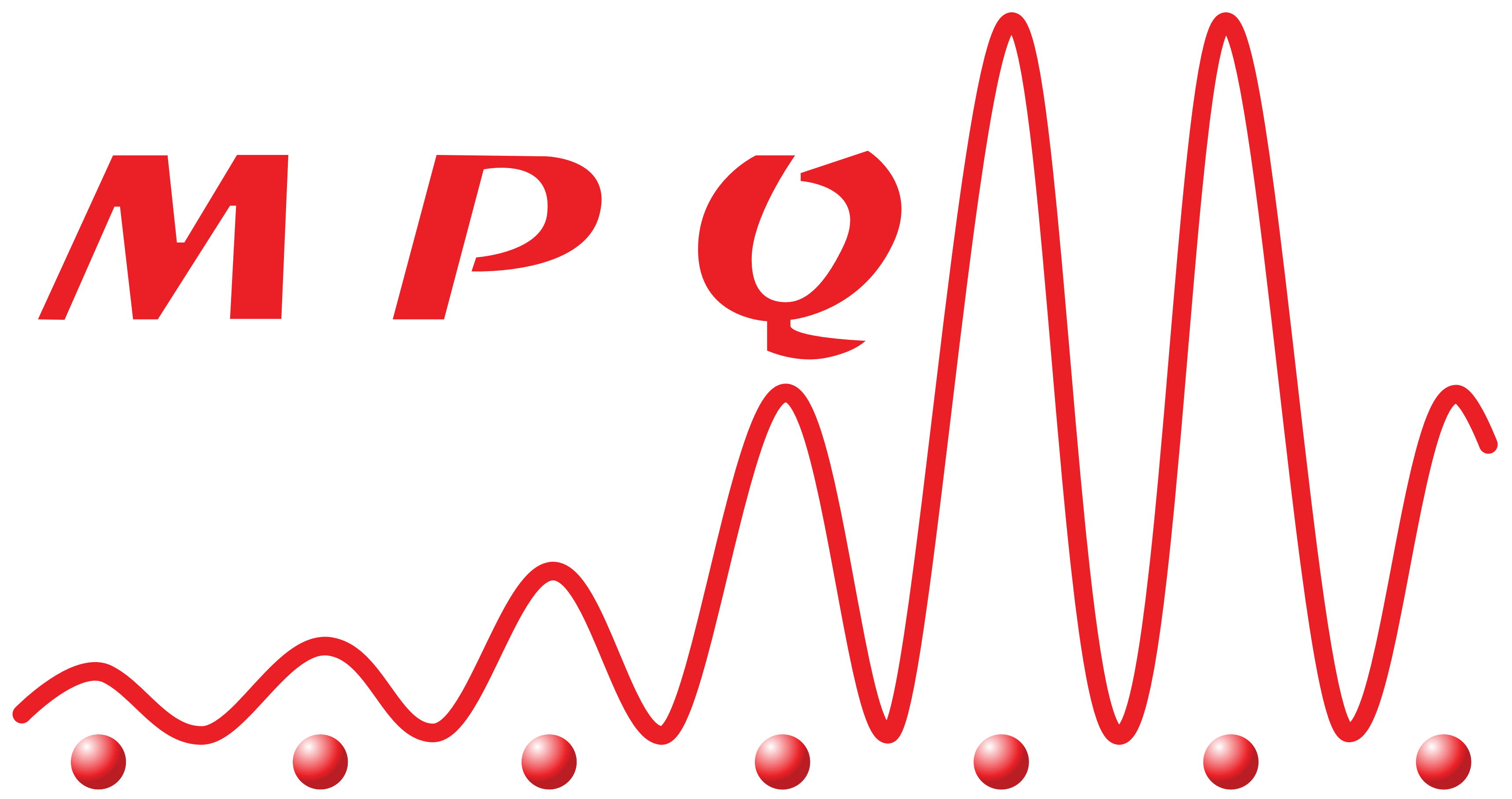Bistable soliton optical frequency combs in a second harmonic generation Kerr cavity
Résumé
We study the dynamics and stability of soliton optical frequency comb generation in a dissipative, coherently pumped cavity with both second and third-order nonlinearity. Cavity sweep simulations and linear stability analysis based on path continuation reveal the existence of bistable solitons.
These families of solutions represent a continuous transition between a purely quadratic and a Kerr cavity soliton frequency comb. Perspective demonstrations of these novel optical sources is an ongoing relevant subject within the frequency comb community.
The propagation of optical pulses as cavity solitons (CSs) is self-sustained by the interplay between dispersive and nonlinear effects in dissipative and coherently pumped cavities [1]. Their spectrum forms a broad and coherent optical frequency comb (OFC). The experimental generation of soliton microcombs [2] is based on triggering modulation instabilities [3], which leads to either chaotic, periodic, or stationary CS formation. Despite the robustness of their dynamical basin of attraction, the chaotic origin of CSs leads to the intrinsic difficulty of deterministically exciting a specific soliton state [4]. For this reason, different schemes for the control and stabilization of CSs have been proposed and demonstrated [4, 5]. An interesting class of OFC is based on purely quadratic nonlinear cavities (i.e. χ (2) ̸ = 0, χ (3) ∼ 0), when coupled combs are generated around the fundamental frequency (FF) and the second-harmonic (SH) [6]. In this case, it has been shown that the resulting dynamics for the FF can mimic an effective Kerr nonlinearity, leading to different OFC regimes [7].
This analogy is particularly relevant when the cavity is only resonant for the FF, which permits to derive an effective nonlinear Schrödinger equation (NLSE) with coherent driving and damping. For a doubly resonant cavity, a pure quadratic OFCs can be modeled by means of two coupled nonlinear mean-field equations [8, 9]. A double (or multi) envelope approach can be also adopted for Kerr OFCs (i.e. χ (2) ∼ 0, χ (3) ̸ = 0) [10, 11], under the general assumption that the resonant field owns components in separate spectral domains.
In waveguides with both quadratic and cubic nonlinearities (i.e. χ (2) ̸ = 0, χ (3) ̸ = 0), self-(SPM) and cross-(XPM) phase modulation can trigger modulation instabilities [12] and soliton formation [13]. In these systems, different families of two-wave solitons can be generated. A characteristic CS solution is formed comprising an intense and a weak pulse component around the FF and the SH, respectively. The opposite case, where most of the energy is carried by the SH, has also been theoretically studied [12]. A bistable regime may
Domaines
Dynamique Chaotique [nlin.CD]| Origine | Fichiers produits par l'(les) auteur(s) |
|---|


